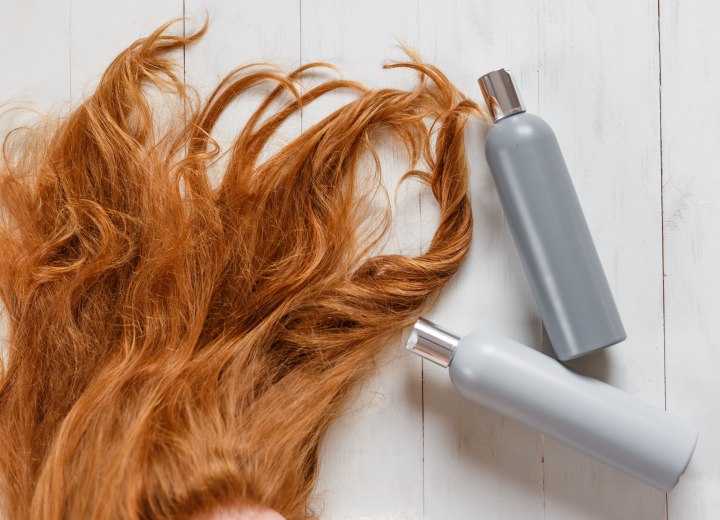Liquid Perm and Foam Perm

Home perms are becoming harder to find thus resulting in the purchase of a foam perm. Is a foam perm stronger? I don't want to end up with an afro, but I don't know how you would check the curl during processing without rinsing the foam off? Is there a trick to this? Thanks for your help in advance.
A: The only real difference between the more typical “liquid” waving lotion and the “foam” waving lotions in a permanent wave kit is that the solution for breaking the chemical side bonds and rearranging the wave pattern of the hair is formulated into a different state.
Foam formula perms come in as many different formulations as do liquid formula perms. How well they work and the types of curl produced are determined by the size of the rods, the length of processing time and skill of the operator at wrapping the hair and determining the progress.
You should be safe from the “afro” look as long as you use the same size perm rods as you always have. As with any product (whether or not you have used it before) read the packaging instructions carefully and perform both a patch test (to make sure you don’t have an allergic reaction) and a test curl/strand test (where you wrap and process a single curl in order to see how the hair responds to the formula and the results thereof).
And as for checking the curl during the curling process you simply unwrap a curl at random on the head partially – holding it loosely – and look for the classic uniform “s” wave in the hair as it is slowly unwound from the rod. The more pronounced the “s” is the firmer the curls are likely to be.
©Hairfinder.com
See also:
Perms and perming
Perm instructions for an at-home perm
How to know what size of perm rods you need